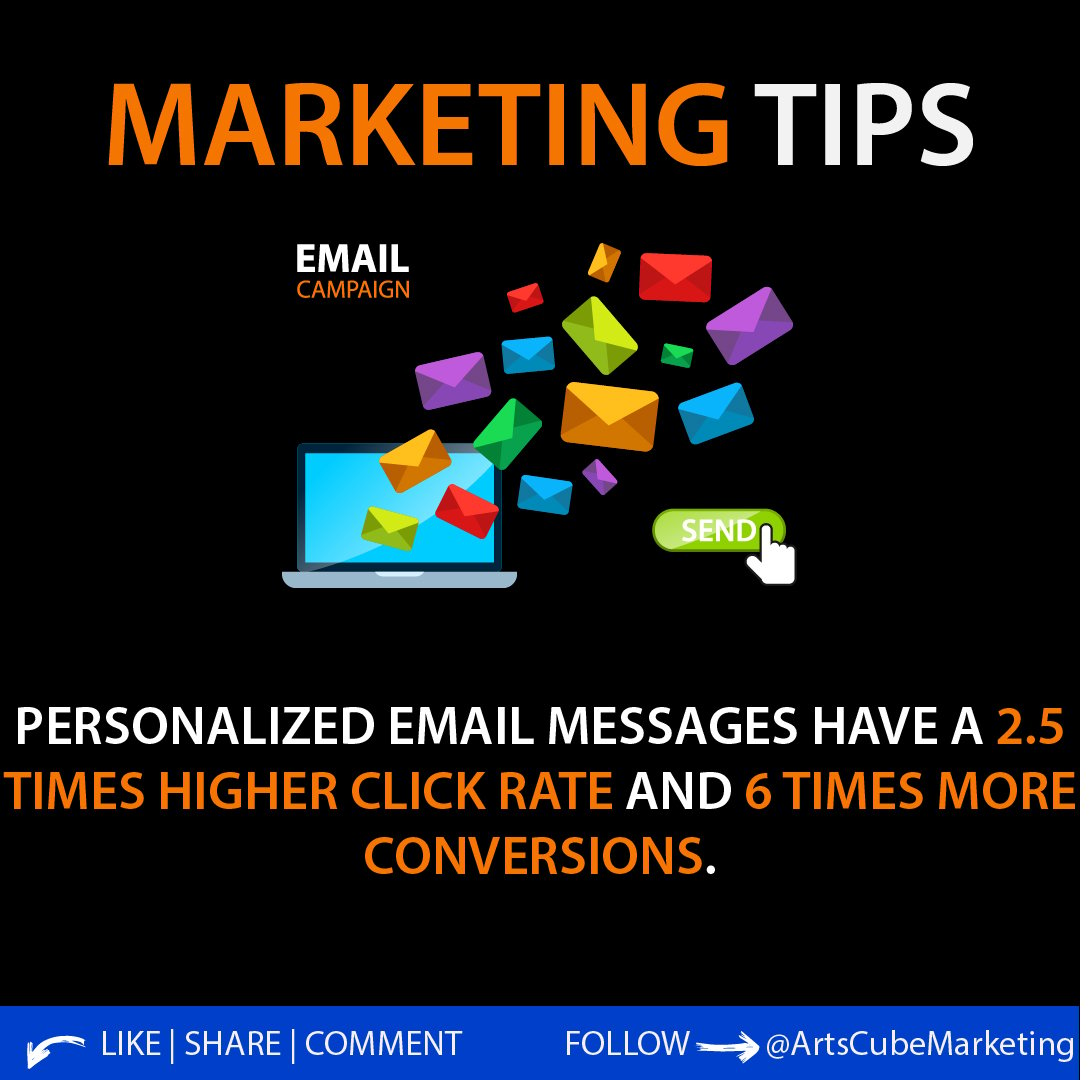Measuring Digital Marketing ROI
In the past, when newspaper ads, mailers, magazine ads, massive billboards, and other traditional marketing mediums were the only channels to advertise. Measuring the marketing return on investment (ROI) was difficult and typically created tensions between the sales and marketing departments because each believed they should receive recognition for the increase in revenue.
The marketing department would mark the date a new campaign was started and, if revenue increased, they were the hero's. Then, the sales department, which was made up of pavement pounders would claim they were the hero's because they were generating the leads and closing the deals. Neither were necessarily wrong.
Now, the latter may still arise, but measuring digital marketing return on investment has never been easier or more accurate utilizing tools such as Google Analytics or HubSpot.
We always tell prospect's and reiterate to our client's this simple message, "we will generate the leads using inbound marketing tactics and you are responsible for closing the deal."
Inbound Traffic Sources
The digital marketing channel's listed below are standard reporting sources in Google Analytics and most CRM's.
Direct traffic is when a website visitor literally typed your exact web address into the web browser. In example, you launch Google Chrome and type "artscube.biz" directly into the browser. Direct traffic often originates from a business card or speaking to someone over the phone.

Organic traffic is a result of search engine optimization (SEO) and an individual searching a keyword which relates to specific web pages, landing pages, meta descriptions, alt tags, and other areas related to SEO.

Paid advertising (Google Ad's) is a commonly used tactic to gain immediate traffic to your website and focused around specific keywords too.
Social media platforms have become increasingly popular and everyone believes they need to be on every platform. When considering a social media platform consider one question, "Are my buyer persona's consuming content on this social platform?" If you answer the previous question, "Yes." Then you must embark on a detailed social media strategy.
Referral traffic is one of the best types of traffic but one of the hardest to earn because it's just like a person referring your business to another. Instead it's another website that is referring to your domain.
Email marketing - when properly implemented - still out performs all other digital marketing mediums. The customer acquisition cost is always lower, data points are easy to interpret, and most individuals can send off a campaign. Now, this doesn't mean go out and sign-up for a Mailchimp account and hit the send button. A highly personalized email strategy must be developed to target your buyer persona's.

Understanding the various channels sending traffic to your website helps you understand which channels you should invest additional time and resources into and the ones you should spend less on.
Example of Measuring Return On Investment
The example below are actual numbers from one of our clients and all calculations will reference the spreadsheet.

The Simple Calculation
ROI = ((Total Revenue - Total Expenses) / Total Expenses) * 100
(($2,269,732.32 - $178,946.37) / $178,946.37)) = 11.68386
11.68386 * 100 = 1,168% Return on Investment
Marketing Source ROI
Calculating each marketing source return on investment is extremely important to identifying marketing channels you should focus more efforts on, closely monitor, or discontinue all together. In all scenarios, whether good or bad, a thorough analysis of the web pages, landing pages, blogs, emails, and other tactics should be documented (this blog will only cover a very high level analysis of each marketing source).
Below, seven different online sources account for the total revenue, revenue per source, and share a percentage share of the total marketing expenses. A plethora of blogs are written covering this topic and this is just another way of calculating ROI.
Start by dividing the total marketing expenses by seven (the number of marketing sources) to calculate your "Allocation of Marketing Expenses Per Source".
Allocation of Marketing Expenses Per Source
$178,946.37 / 7 = $25,563.77
Then, use the ROI calculation from above for each marketing source.
Organic search Marketing Return on Investment
(($1,075,230.47 - $25,563.77) / $25,563.77)) * 100 = 4,106.07%

Once completed, ensure the total marketing expenses and ROI are consistent with the totals in the first table.
Armed with this information return to each individual strategy, determine the necessary adjustments, relaunch campaigns, establish the next date to reevaluate, and repeat the processes above. When making marketing decisions based on actual numbers instead of gut feelings or "we have always done it this way" your marketing dollars go a lot further, work smarter, and remove emotions from the decisions.
Learn more about Art's Cube and how we take our clients to the next level.



